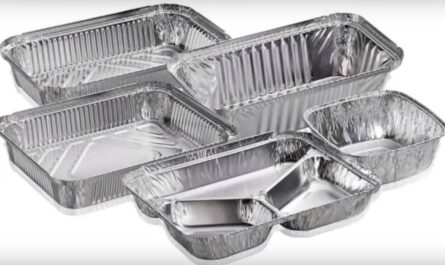Dissolving pulp, also known as dissolving grade pulp or viscose grade pulp, refers to a type of pulp produced specifically for conversion into various applications including rayon textiles, acetyl products, nitrocellulose, and thickeners. It is an essential raw material used widely across different industries. As the name suggests, dissolving pulp completely dissolves during its conversion into downstream consumer products. Let’s take a deeper look into some key aspects of dissolving pulp.
What is Dissolving Pulp?
The two most common raw materials used for producing dissolving pulp are eucalyptus and birch. Dissolving pulps are carefully processed and bleached to very high chemical purity levels to ensure dissolution during subsequent conversions.
The production process involves digesting wood chips using variable combinations of chemicals, heat, and pressure to remove lignin and hemicellulose. This results in almost pure cellulose fibers that can readily dissolve. Several bleaching stages are then used to further purify the pulp chemically to achieve a bright white colorless product. The high purity levels and structural properties of dissolving pulps impart unique characteristics that are irreplaceable in specific end-use markets.
Key Characteristics
Some distinguishing characteristics of dissolving pulp that determine its end-use suitability include:
– High Alpha Cellulose Content: Dissolving pulps contain over 90% of alpha cellulose which has the property to completely dissolve in chemicals. This allows its usage where dissolution is required.
– Low Lignin and Hemicellulose: The rigorous production process removes majority of lignin and hemicellulose, reducing impurities. This ensures clean dissolution without unwanted residues.
– Purity: Multiple bleaching stages achieve very high chemical purity levels, yielding a bright white, odorless and tasteless product.
– Fine Fibers: Careful processing produces long and fine cellulose fibers that are smooth and pliable for conversion into fine textures.
– Consistency: Tight quality controls maintain consistent pulp properties batch after batch for reliable downstream processing.
Major End-use Markets
With its unique characteristics, Dissolving Pulp finds application across various key industries as mentioned below:
Rayon: The largest end-use, rayon or viscose fibers account for over 60% of dissolving pulp demand. Rayon production involves the xanthation of alpha cellulose to form the viscose solution which is then spun into fibers or filaments.
Cellulose Ethers: These specialty chemicals like methylcellulose, carboxymethyl cellulose, hydroxyethylcellulose etc. use dissolving pulp as the cellulose source. They are used as thickeners, emulsion stabilizers and binders.
Cigarette Filters: Highly purified dissolving pulps in the form of acetate fibers are used extensively in the production of cigarette filters.
Nitrocellulose: Dissolving pulp based nitrocellulose has applications as rocket and gun propellants, wood coatings and lacquers among others.
With sustained demand growth projected across its key end-use industries especially in China, India and Southeast Asia, global dissolving pulp capacity is steadily increasing. Several new production lines are coming online while some producers are expanding capacities of existing facilities. The Asian countries are expected to drive most of the future demand growth owing to their large and growing textiles, food and pharmaceutical industries. With its unique functionality, dissolving pulp is positioned firmly as an essential raw material for various downstream conversion processes. Continuous innovations are also augmenting its application scope into new and niche markets. Overall, the outlook for dissolving pulp appears positive with stable long-term demand on the horizon.
Note:
1. Source: Coherent Market Insights, Public sources, Desk research
2. We have leveraged AI tools to mine information and compile it




